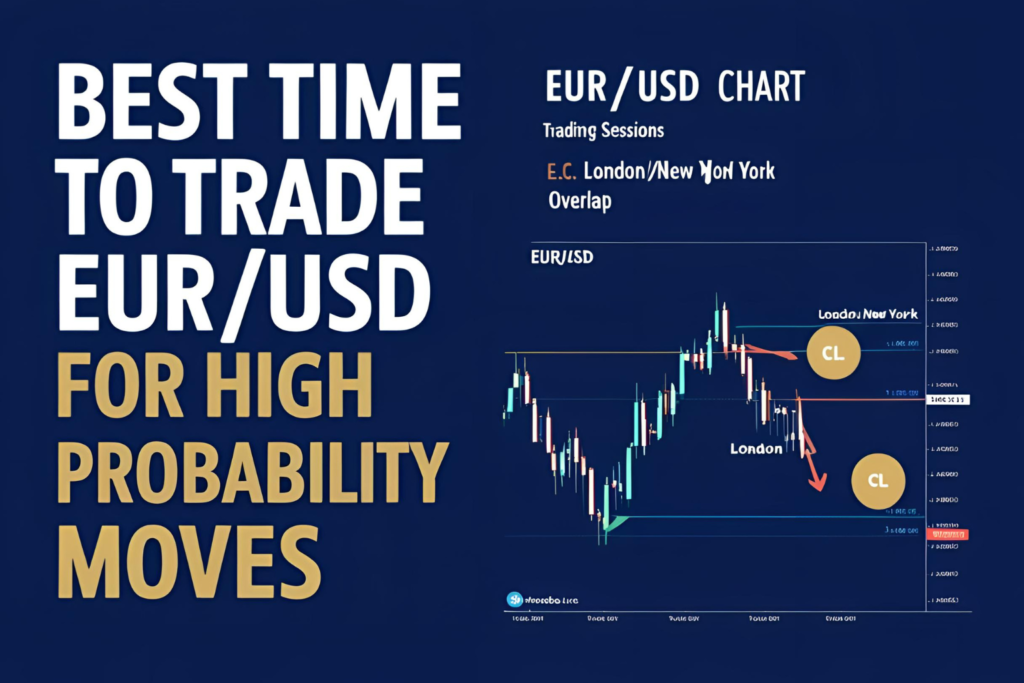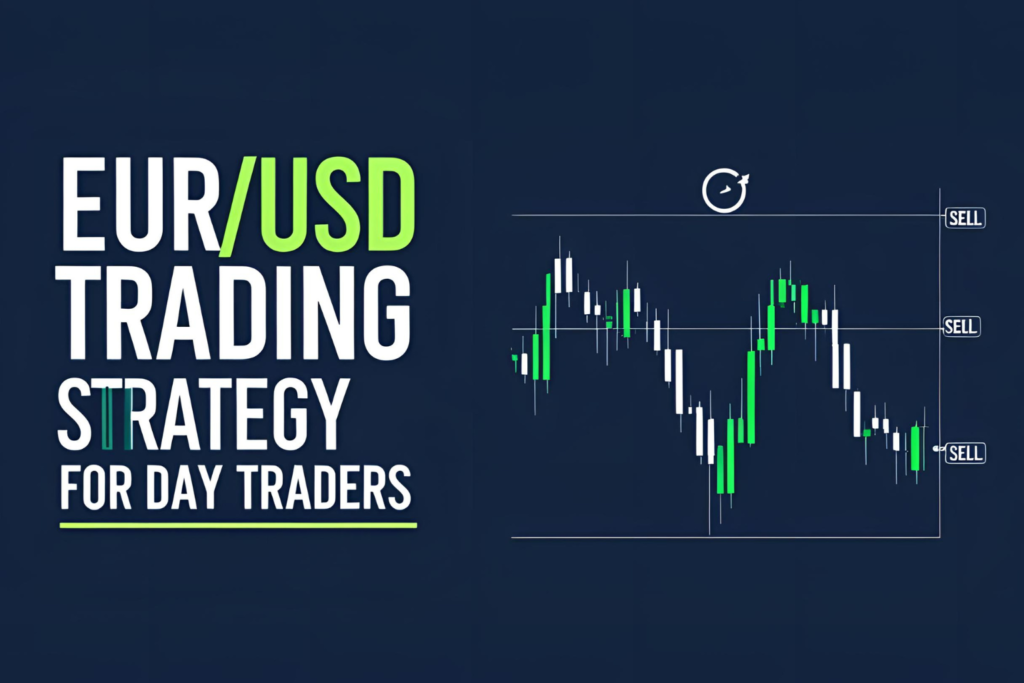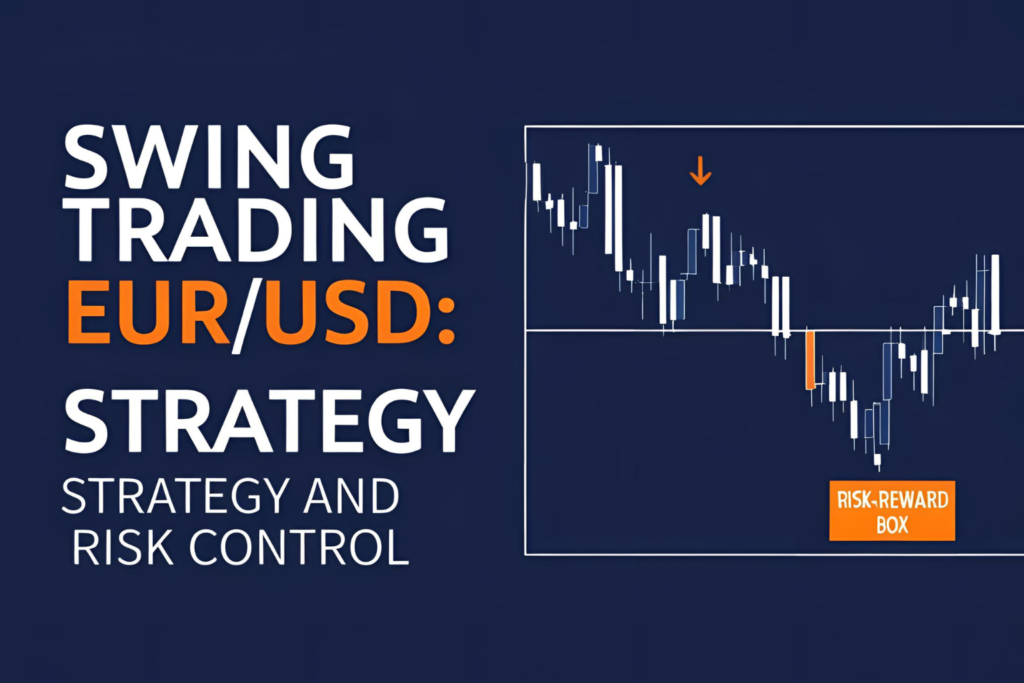Technical indicators play a major role in analyzing the EUR/USD currency pair. When used properly, they help traders confirm trends, identify potential reversals, and time entries and exits with more confidence.
This article covers the top EUR/USD trading indicators and how to apply them with practical examples.
Why Use Indicators for EUR/USD?
EUR/USD is known for clean technical behavior due to its high liquidity and tight spreads. Indicators help:
- Spot trend direction
- Identify overbought or oversold zones
- Confirm breakout or reversal setups
- Add structure to your trading plan
The key is to avoid clutter and use a few complementary tools that work together.
1. Moving Averages (MA)
Type: Trend-following
Best for: Identifying direction and dynamic support/resistance
Common settings:
- 50-period EMA for short- to mid-term trend
- 200-period SMA for long-term trend
Example:
If EUR/USD trades above both the 50 EMA and 200 SMA, the trend is considered bullish. Pullbacks to the moving averages can offer entries.
2. Relative Strength Index (RSI)
Type: Momentum oscillator
Best for: Spotting overbought/oversold conditions and divergence
Common setting: 14-period
Signal:
- RSI above 70 = overbought
- RSI below 30 = oversold
Example:
If EUR/USD is trending down and RSI hits 30, watch for reversal signals around support zones.
3. MACD (Moving Average Convergence Divergence)
Type: Trend and momentum
Best for: Detecting trend reversals and crossovers
MACD Components:
- MACD line
- Signal line
- Histogram
Example:
A bullish crossover (MACD line crossing above signal line) near support may signal a potential bottom.
4. Bollinger Bands
Type: Volatility-based
Best for: Identifying breakout opportunities and price extremes
Setup: 20-period moving average with ±2 standard deviations
Example:
If EUR/USD closes outside the upper band during a breakout, it could signal continuation—especially with volume confirmation.
5. Fibonacci Retracement
Type: Support/resistance tool
Best for: Measuring pullback levels within a trend
Key Levels: 38.2%, 50%, 61.8%
Example:
During a bullish move, a retracement to the 50% level followed by a bullish candle can be an ideal long entry.
How to Combine Indicators
Use a layered approach:
- Trend tool (e.g., EMA) +
- Momentum indicator (e.g., RSI or MACD) +
- Confirmation pattern (candlestick or price structure)
Avoid using multiple indicators that provide the same type of signal.
Frequently Asked Questions (FAQs)
1. What is the most accurate indicator for EUR/USD trading?
There’s no single best indicator. Many traders combine moving averages with RSI or MACD for a balanced view.
2. Should I use indicators on lower or higher timeframes?
Use higher timeframes (4H, daily) for trend confirmation and lower ones (15M, 1H) for entries.
3. Can I trade EUR/USD without indicators?
Yes, through price action trading. However, indicators can improve accuracy when used properly.
4. How many indicators should I use at once?
Stick to 2–3 maximum. Overusing indicators can lead to confusion and analysis paralysis.
5. Do indicators work the same in all market conditions?
No. Trend-following indicators work well in trending markets, while oscillators are better for ranges.



